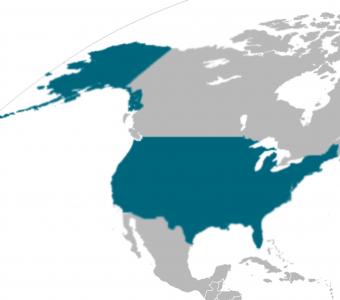United States
Recent Activity
Recent Activity
This report analyzes the evolving role of diaspora philanthropy in countries of origin, and examines the emergence of nongovernmental development actors and new trends in global philanthropy, such as strategic giving and use of online platforms to harness small donations.
Repealing birthright citizenship for U.S.-born children of unauthorized immigrants, a step discussed in some circles as a means to reduce illegal immigration, would significantly increase the size of the unauthorized immigrant population in the United States, from 11 million today to 16 million by 2050, this brief reveals.
The nation's 1.0 million Korean immigrants have settled in greater numbers in new destination states like Georgia, Washington, and Virginia. They are also more likely than immigrants overall to have a college degree and be naturalized citizens. MPI's Aaron Terrazas and Cristina Batog look at the population's size, geographic distribution and socioeconomic characteristics.
MPI's Muzaffar Chishti and Claire Bergeron break down the injunction against Arizona's immigration law and report on the debate over birthright citizenship, the passage of a $600 million border security bill, and more.
Nearly 1 million U.S. residents spend time volunteering abroad each year, including nearly 200,000 first- and second-generation immigrants. As skilled migration and the number of U.S. youth with ancestors in the developing world grow, this report shows the potential for diaspora service volunteers to assist with development in a number of countries.
A growing body of evidence suggests that diasporas play a critical role in supporting sustainable development by transferring resources, knowledge, and ideas back to their home countries, and in integrating their countries of origin into the global economy.








